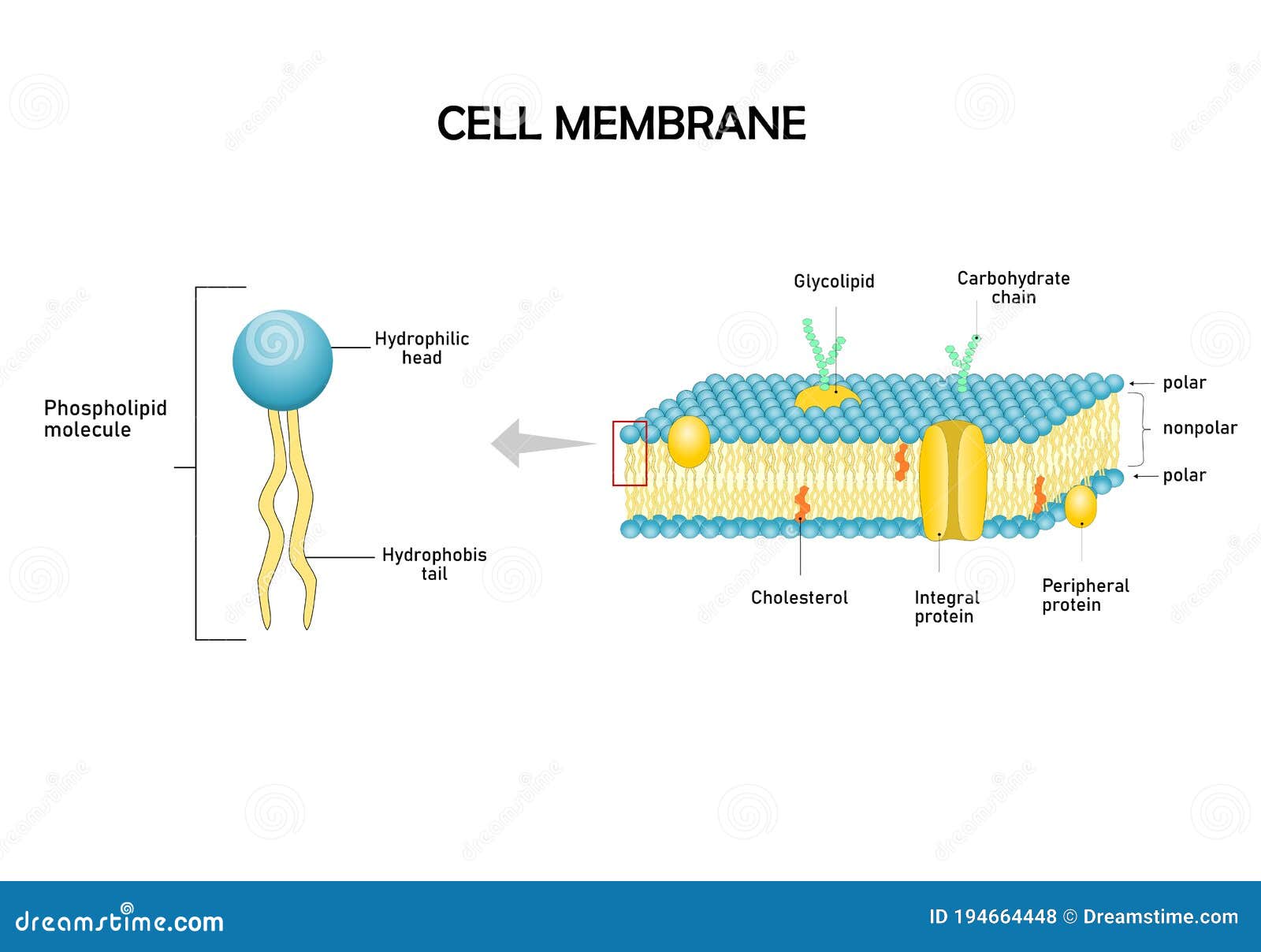

A number of membrane enzyme activities are modulated (activated) by DAG, most notably protein kinase C, phospholipases and other enzymes of lipid metabolism. Also, because the transversal section of the DAG headgroup is small when compared to that of the acyl chains, DAG favours the (negative) curvature of the lipid monolayers, and DAG-phospholipid mixtures tend to convert into inverted nonlamellar hexagonal or cubic phases. DAG molecules also increase the separation between phospholipid headgroups, and decrease the hydration of the bilayer surface. DAG's mix nonideally with phospholipids, giving rise to in-plane separations of DAG-rich and -poor domains, even in the fluid state. DAG's are located in phospholipid bilayers about two CH2 units deeper than the adjacent phospholipids.

When incorporated in phospholipid bilayers, the conformation of DAG is such that the glycerol backbone is nearly perpendicular to the bilayer, with the sn-1 chain extending from the glycerol Cl carbon into the hydrophobic matrix of the bilayer and the sn-2 chain first extending parallel to the bilayer surface, then making a 90 degrees bend at the position of the sn-1 carbonyl to become parallel to the sn-1 chain. DAG's mix with phospholipids in fluid bilayers when their melting temperature is below or close enough to the melting temperature of the bilayer system. Acyl chain unsaturation, and particularly a single cis unsaturation, impairs chain packing in mixed-chain DAG's, and this results in an increased number of metastable crystalline phases. The molecules are organized in a bilayer, with the glycerol backbone roughly parallel to the plane of the bilayer, and the acyl chains tilted at approximately 60 degrees with respect to that plane. The most stable crystalline phase is the so-called beta' phase, a monoclinic crystalline form with orthorhombic perpendicular subcell chain packing, in which both acyl chains lie parallel to each other in a hairpinlike configuration about the sn-1 and sn-2 glycerol carbon atoms. In the pure state DAG's present a considerable polymorphism, with several crystalline phases in addition to the neat fluid phase. 1,2-Diacyl-sn-glycerols (DAG) are minor components of cell membranes (about 1 mole% of the lipids) and yet they are potent regulators of both the physical properties of the lipid bilayer and the catalytic behaviour of several membrane-related enzymes.


 0 kommentar(er)
0 kommentar(er)
